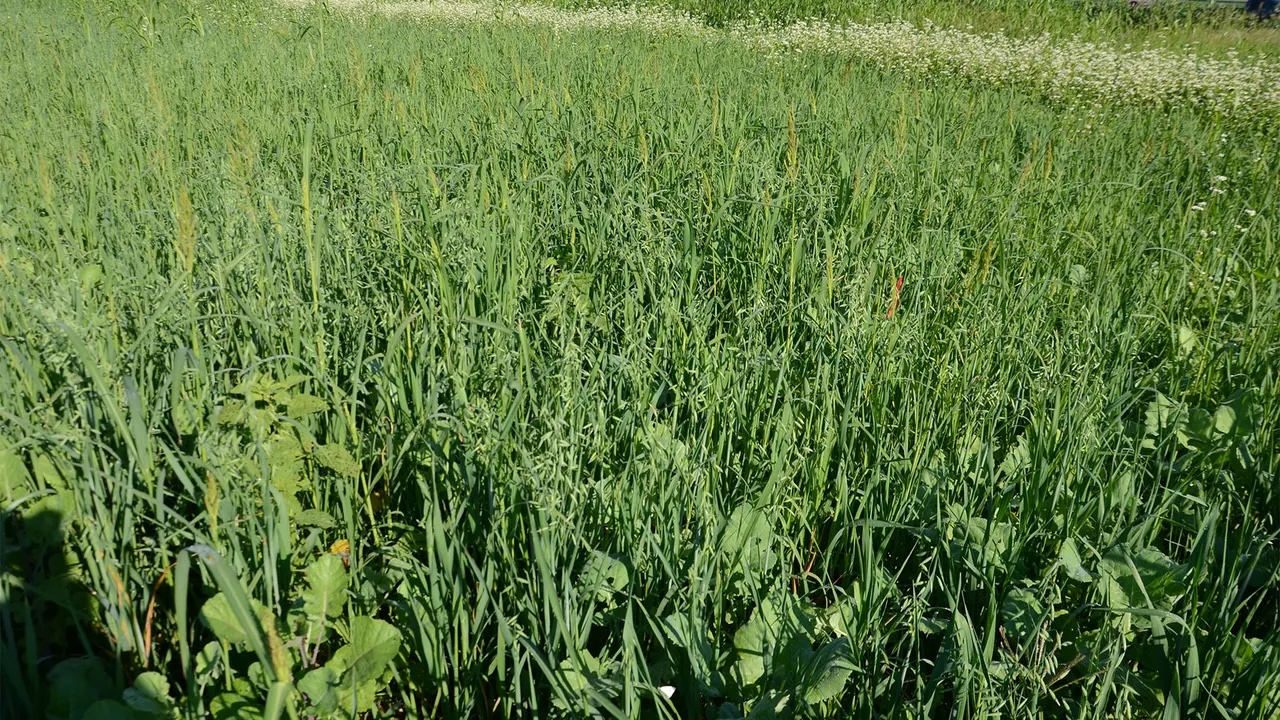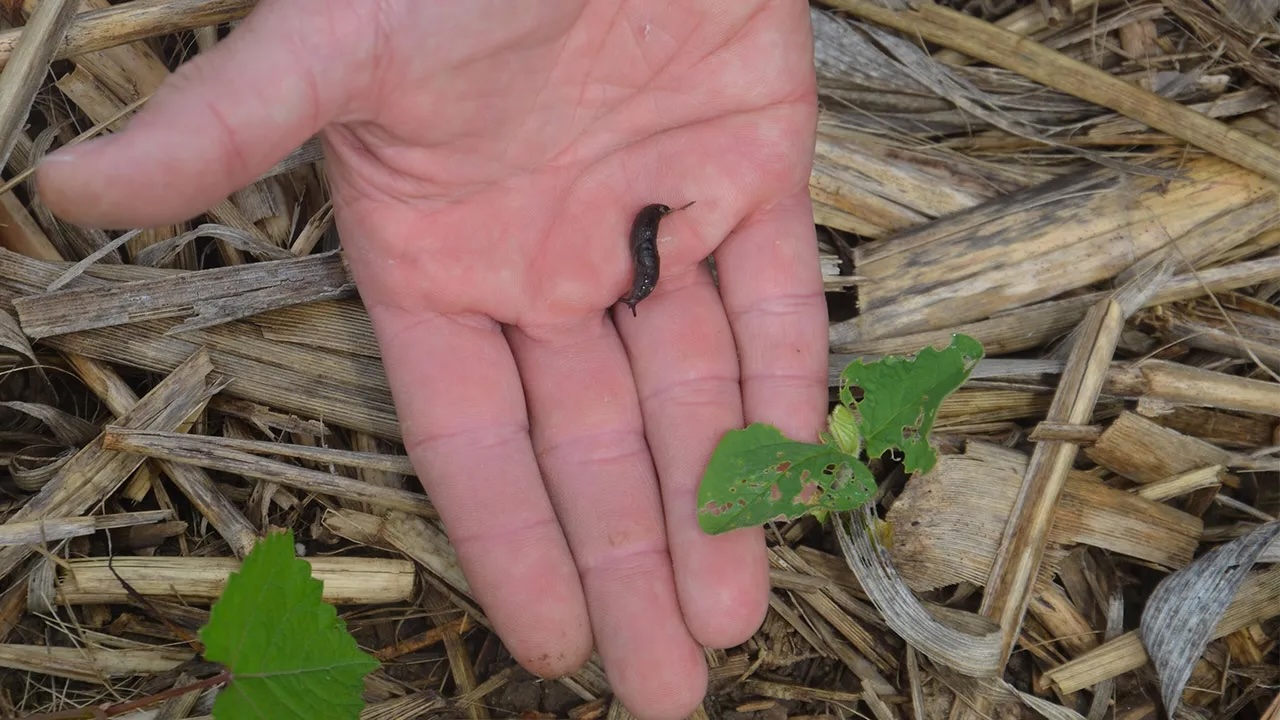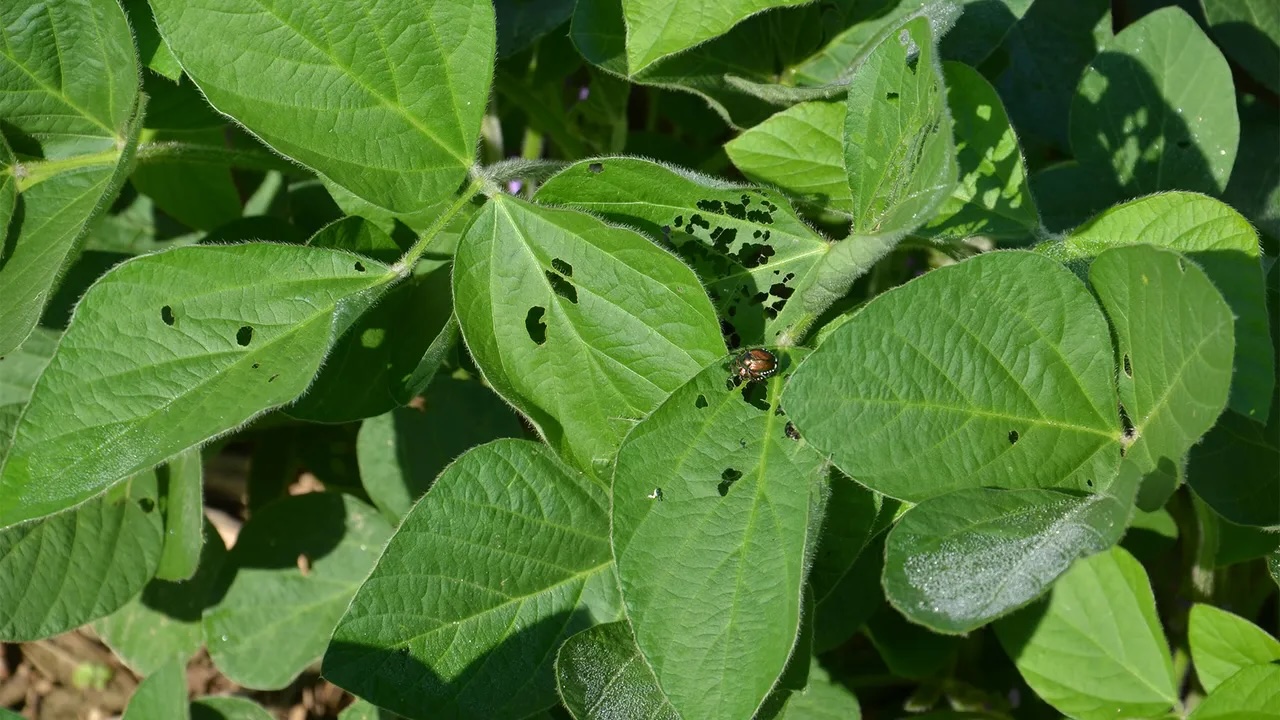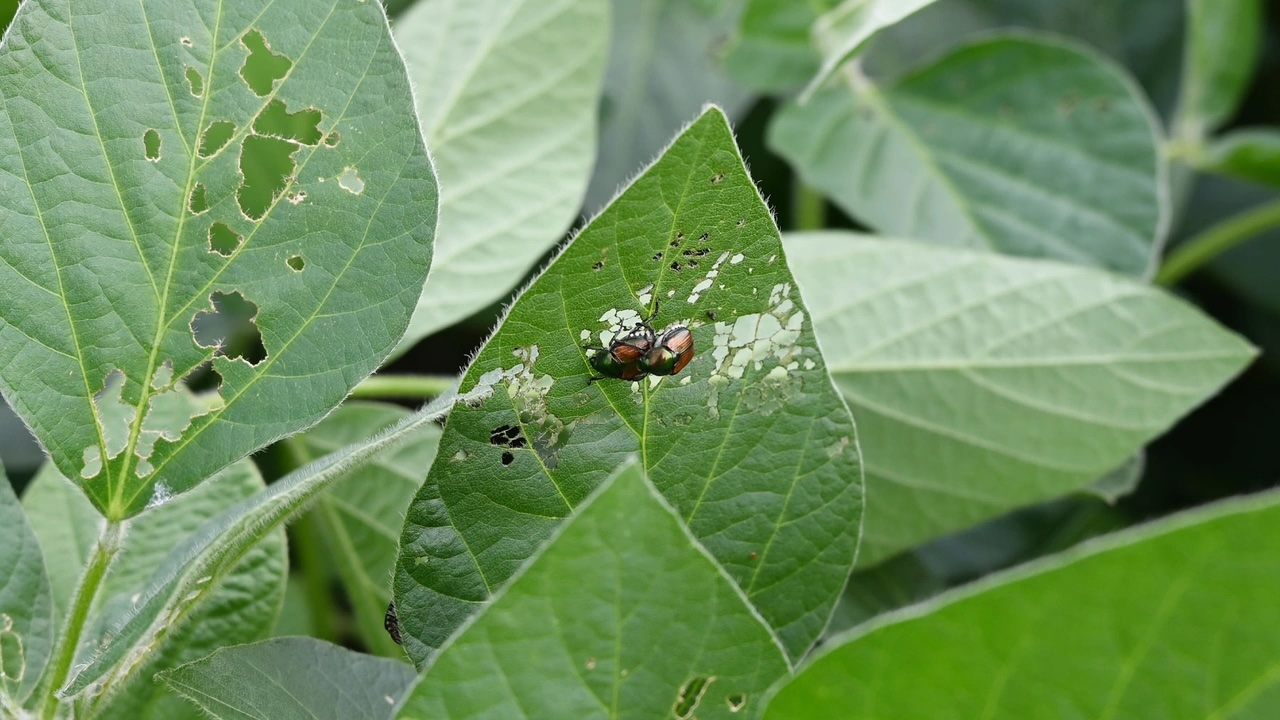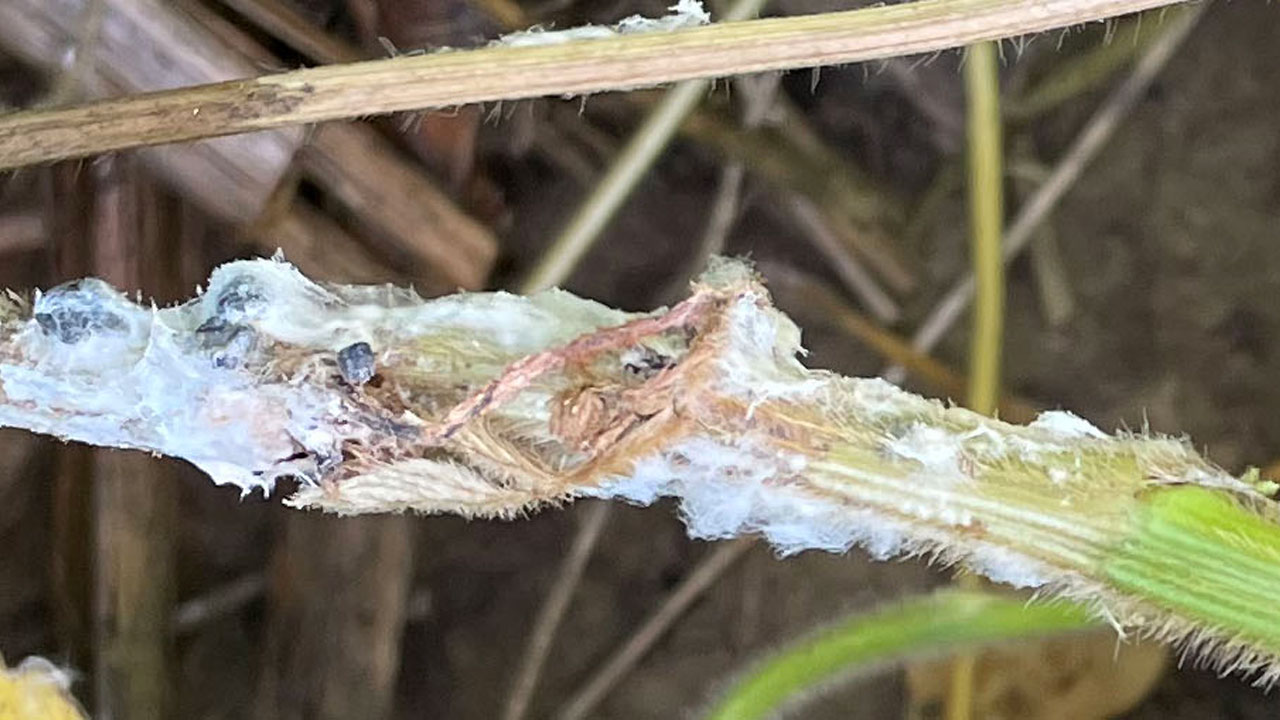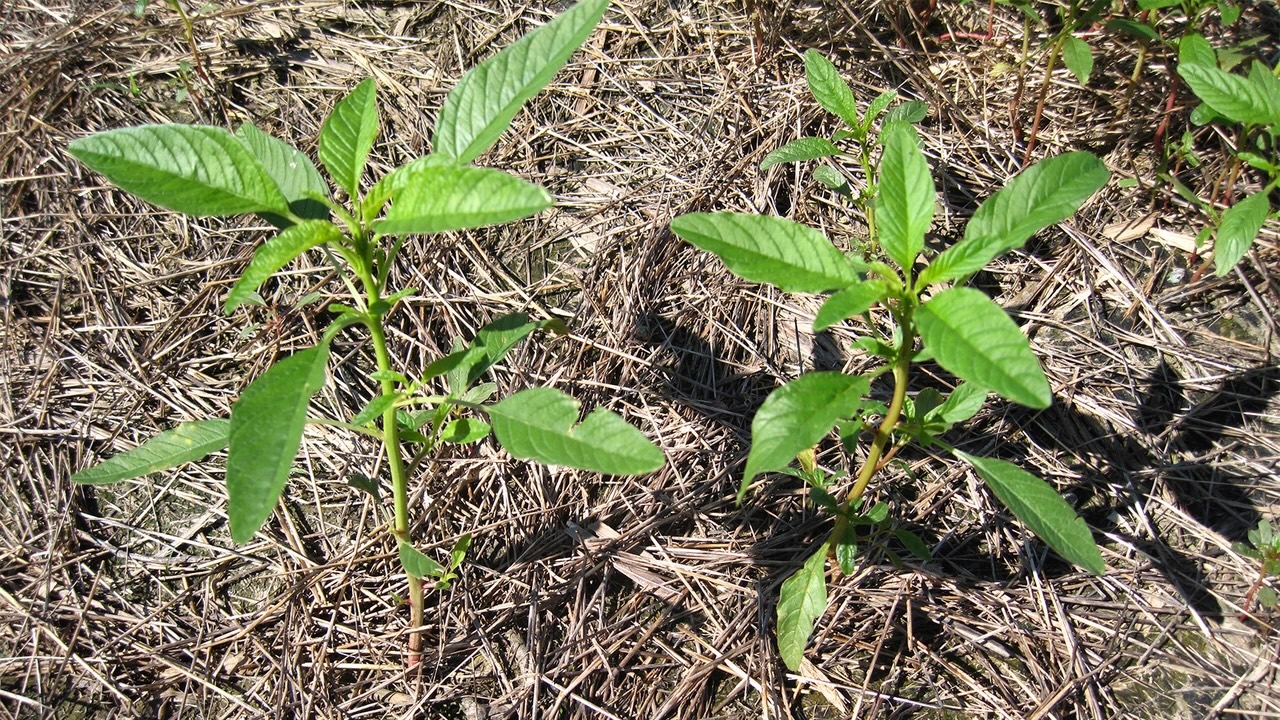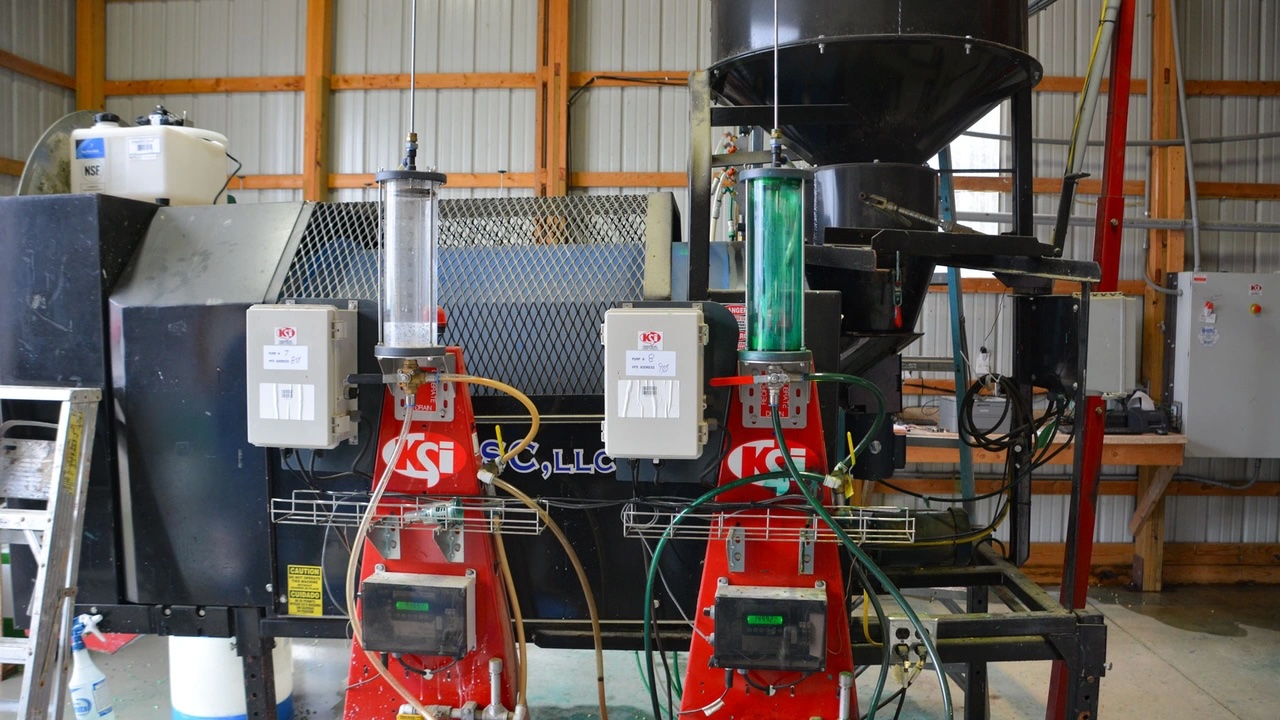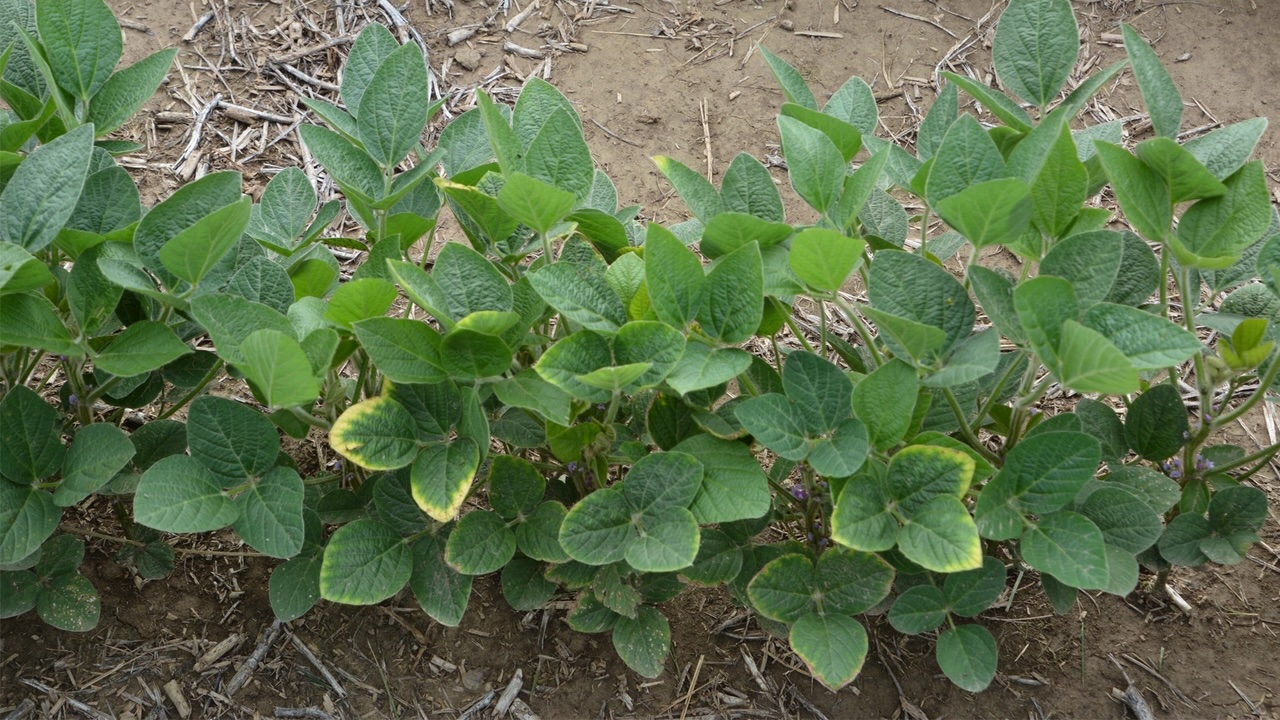Indiana Prairie Farmer publishes a column written by Tom Bechman with the help of CCAs for CCAs and their clients. With permission from Prairie Farmer we are posting these Soybean and Corn Pest Beat articles on the CCA website. Many thanks to the authors and the support of Indiana Prairie Farmer.

Soybean Pest Beat Articles

Row cleaners may pay with or without slugs
Answers are from the Indiana certified crop adviser panel: Danny Greene, Greene Crop Consulting, Franklin; Bryan Overstreet, soil conservation coordinator, Rensselaer; and Dan Ritter, Dairyland Seed agronomist, Plymouth.
We no-till soybeans into cornstalks with a split-row, 4-year-old John Deere planter. My stands haven’t been up to my liking, especially if rows line up over old corn residue. We get slug issues. Would it pay to invest in row cleaners to get that residue off the soybean row? How do I figure payback for adding row cleaners?
Greene: Yes, row cleaners are typically a solid investment on a no-till soybean planter. They clear residue to reduce hairpinning and remove slug habitat. They can also help maintain consistent seed depth, leading to uniform emergence.
Planting at an angle to the previous corn rows also helps avoid thick residue bands. Row cleaners often work best in the float setting, so they do not move too much soil. An automated downforce control system for the seeding units will additionally help seed placement and stand establishment.
Payback on row cleaners is hard to calculate directly, but university studies and farmer experience often show a 2- to 5-bushel-per-acre yield improvement in no-till conditions. Depending on the acreage covered, this increase should support the investment within a few seasons.
Overstreet: Are you planting straight down the rows or at a slight angle? By planting at a slight angle, you reduce the risk of keeping one of the soybean planter units consistently on a corn row. If you are still having issues even after angling your rows, consider row cleaners. To look at payback, use the number of times you run down an old row now as a guide. Row cleaners would help you get a better seed bed and close the seed slot better on those rows that end up on top of old corn rows.
Ritter: I have walked too many fields and seen too many issues with residue management. Plus, row cleaners may help you be more efficient with seeding rate by not having to use as much seed. Yes, it is odd for a seed agronomist to suggest lower seeding rates. But in the long term, if you are profitable, it is good for us as well. Regardless of the slug issue, as an agronomist, I may suggest purchasing row cleaners. Then, get them set properly in heavy residue or you could have issues with row cleaners and residue flow.
This again goes back to proper setup of equipment. In calculating payback, look at what you think your yield loss was for a poor stand compared to the cost of row cleaners. In this situation, a soybean seeding rate of 130,000 to 150,000 seeds per acre is recommended. Final soybean stands may be compromised to as low as 70,000 plants per acre while still maintaining competitive yields. Yet as an agronomist, I aim for an optimal stand, as described above. Populations at lower levels may raise concerns.

